Oral & Maxillofacial Pathology
Oral & Maxillofacial Pathology
What Is Pathology?
Many conditions can manifest in the oral and maxillofacial region. Abnormalities of the jaws, face and neck is referred to as pathology. They may need referral for diagnosis, investigation and management.. Oral & maxillofacial surgeons will often work together with your general dentist and other medical and dental specialists to manage these conditions.
Conditions
There are numerous conditions that can affect the oral maxillofacial region, which include:
Infections, cysts, ulcers, growths, lumps, swellings or other lesions of the bone and/or soft tissues of the jaws and mouth.
Benign Growths
Patients may be referred to an Oral and Maxillofacial Surgeon if a growth or lesion is discovered at a dental checkup.
Often additional imaging such as a CT scan or MRI may be indicated. Sometime a biopsy (sampling of the pathology) is required for diagnosis. .. Surgical removal may be required.
Jaw Cyst Management
When fluid-filled cavities replace bone within the jaws, it is known as a jaw cyst which are usually benign and are treated to prevent weakening and fracture of the jaw, infection, and damage to teeth.
There are different types of Jaw cysts. They can develop from cells around the soft tissue of tooth crowns, from around the apices of the teeth, or from cells from which the teeth develop.
Surgery is often required to treat jaw cysts and sometimes adjacent teeth need to be removed as part of the treatment.
Infections
An accumulation of pus, which is otherwise known as an abscess, is often a sign of a bacterial infection arising from a decayed tooth where the nerve has died.
However, other conditions to do with the facial sinuses, jaw cysts, blocked salivary glands or the skin can also lead to infections.
Treatment can include antibiotics, surgical drainage of the abscess and careful monitoring of potential complications.
Conditions we treat at WA Oral and Maxillofacial Surgery
We provide comprehensive diagnosis and management of oral and jaw conditions, all over Perth.
Dental Implants
Dental implants are used to replace missing teeth, by the surgical placement of artificial tooth roots. Read more.
Wisdom Teeth
Wisdom teeth, otherwise known as third molars, are often the last teeth to emerge through the gums. Read more.
Tooth Extraction
There are various times in life when people need to have a tooth removed either by a dentist or oral surgeon. Read more.
Dento-Alveolar Surgery
This surgery involves the alveolus – the section of the jaws which contains or has contained teeth. Read more.
Corrective Jaw Surgery
Orthognathic surgery is used to align the jaws, and is used for management of a number of conditions. Read more.
TADs & Bone Plates
These are mini plates and/or screws that are placed in the mouth in strategic locations to facilitate orthodontic tooth movement. Read more.
Oral Pathology
Abnormalities of the jaws, face and neck which are some of the body’s most complex anatomical region. Read more.
Facial Injuries
Facial injuries can involve the hard and soft tissues of the jaws, eyes sockets, nose or forehead. Read more.
